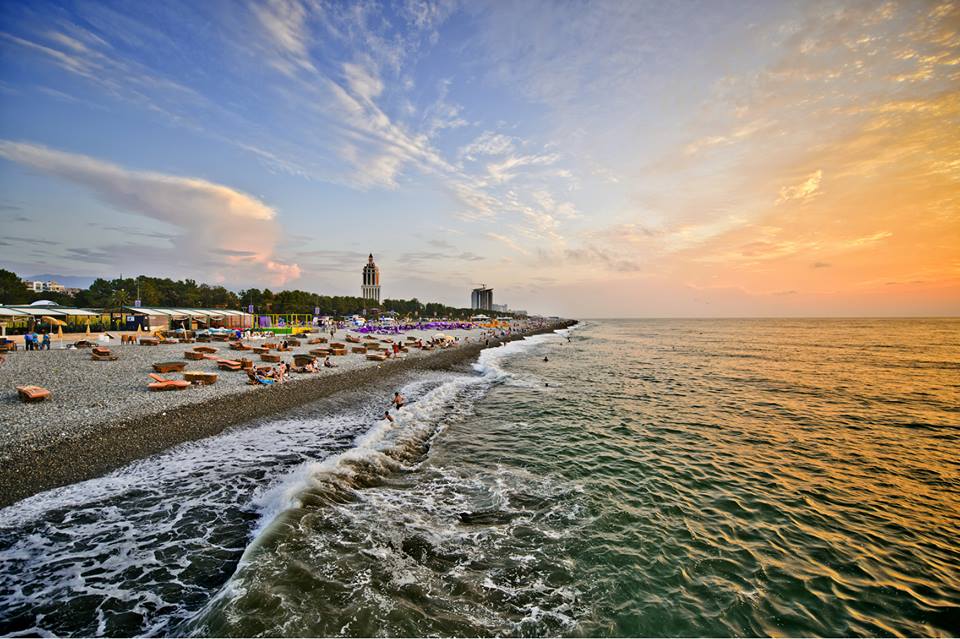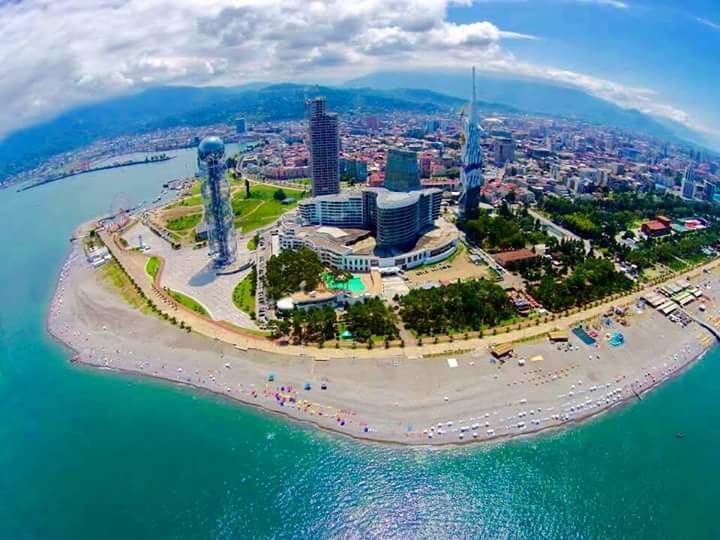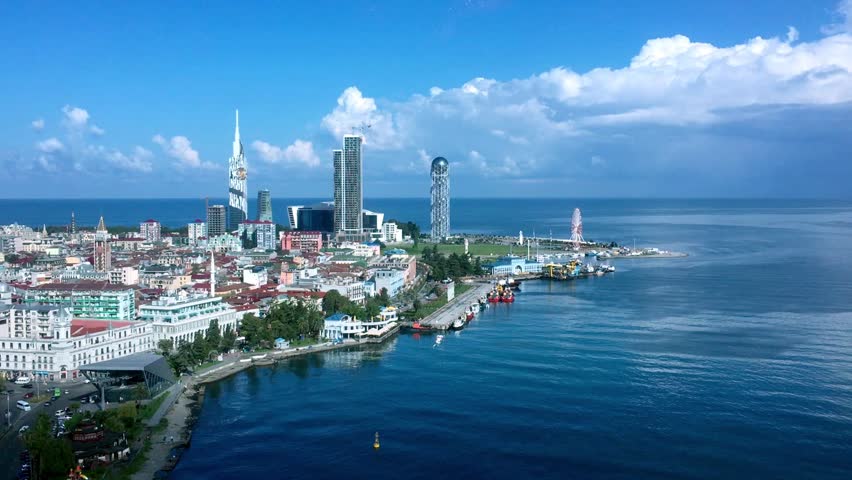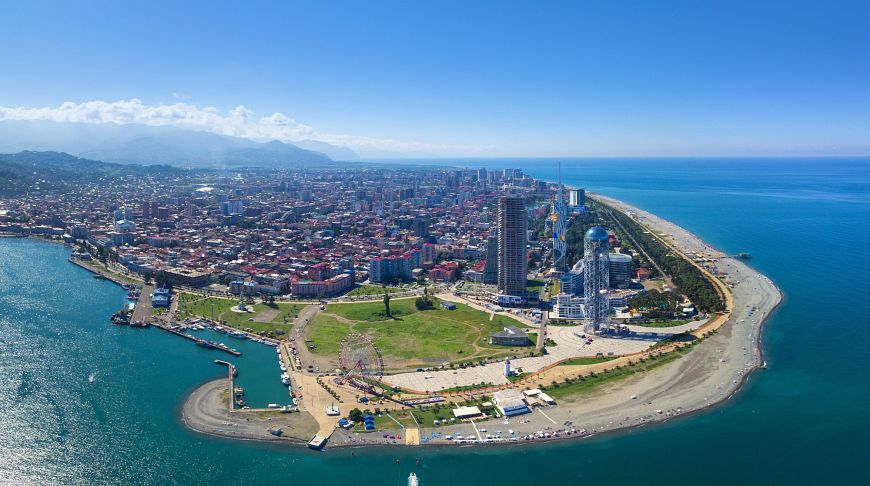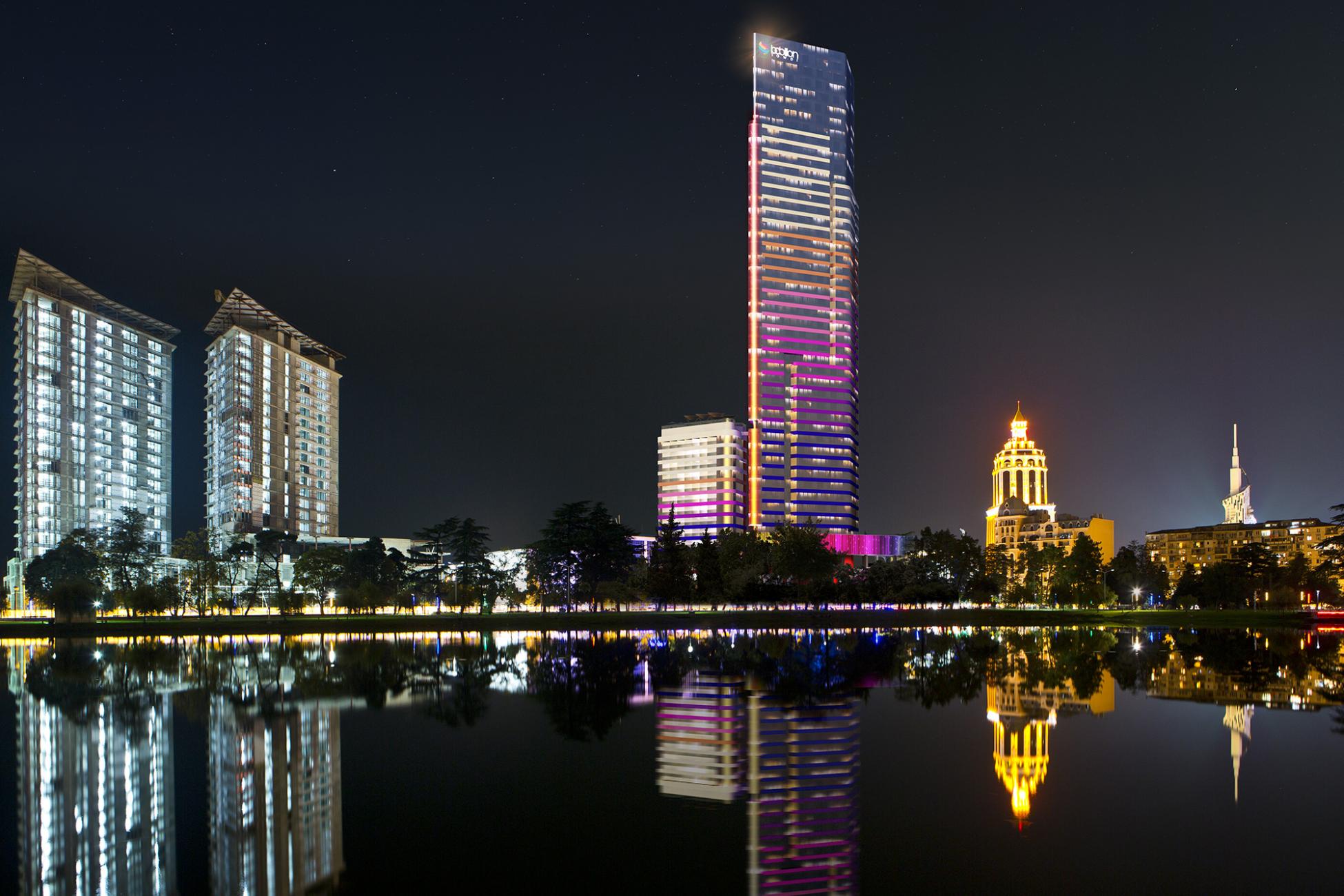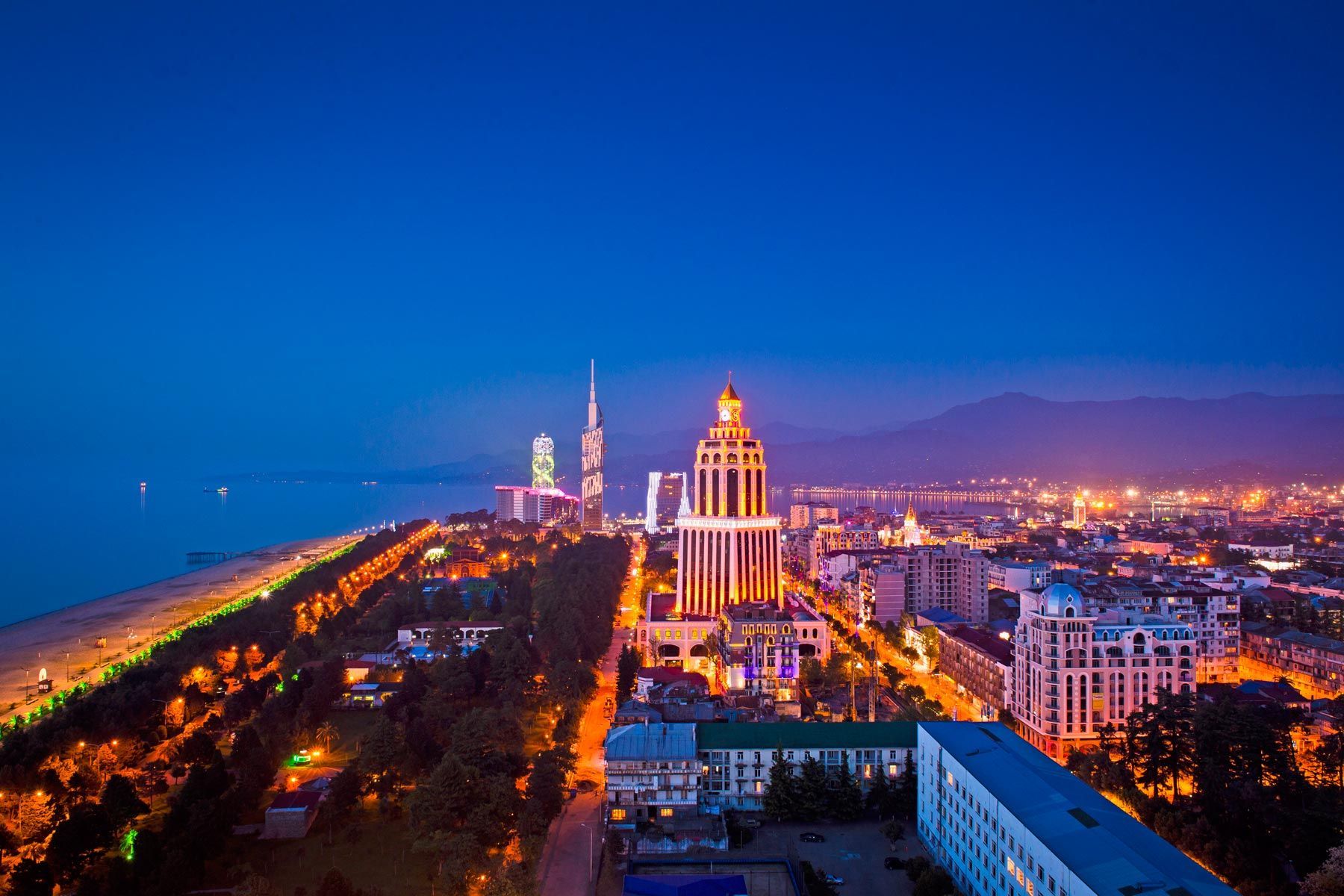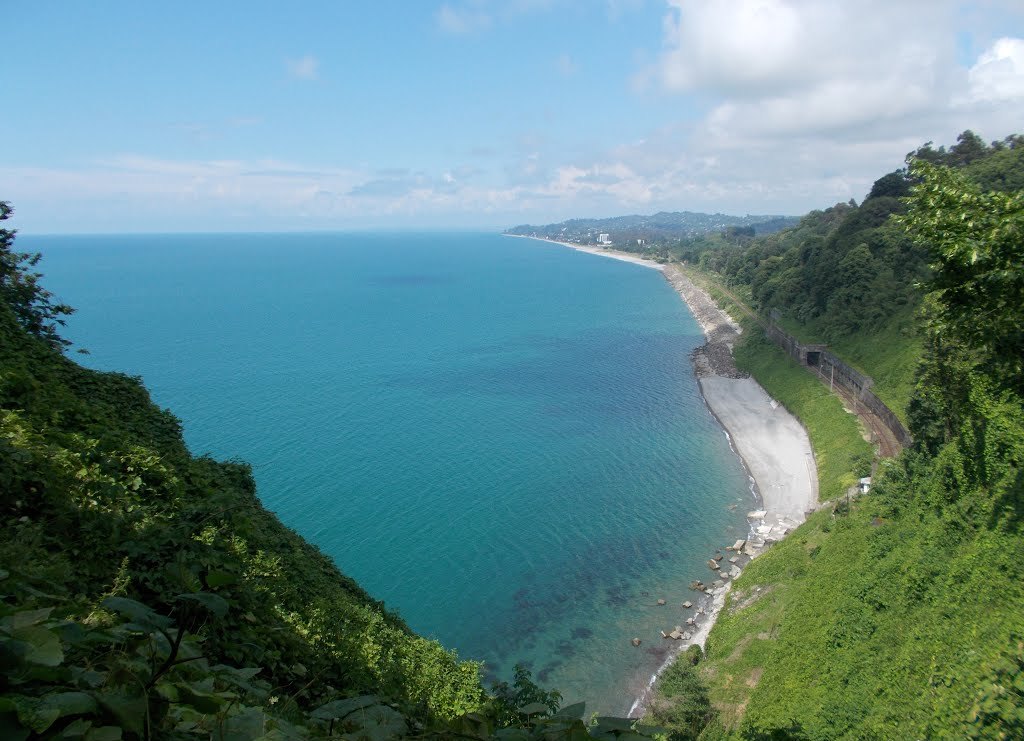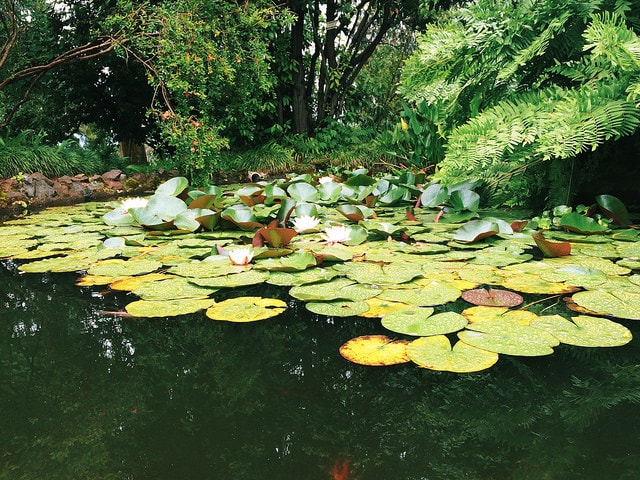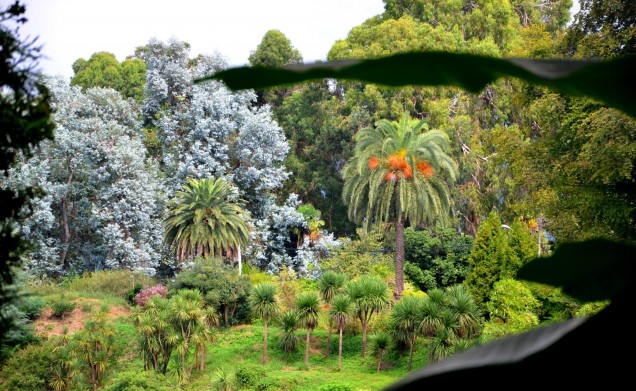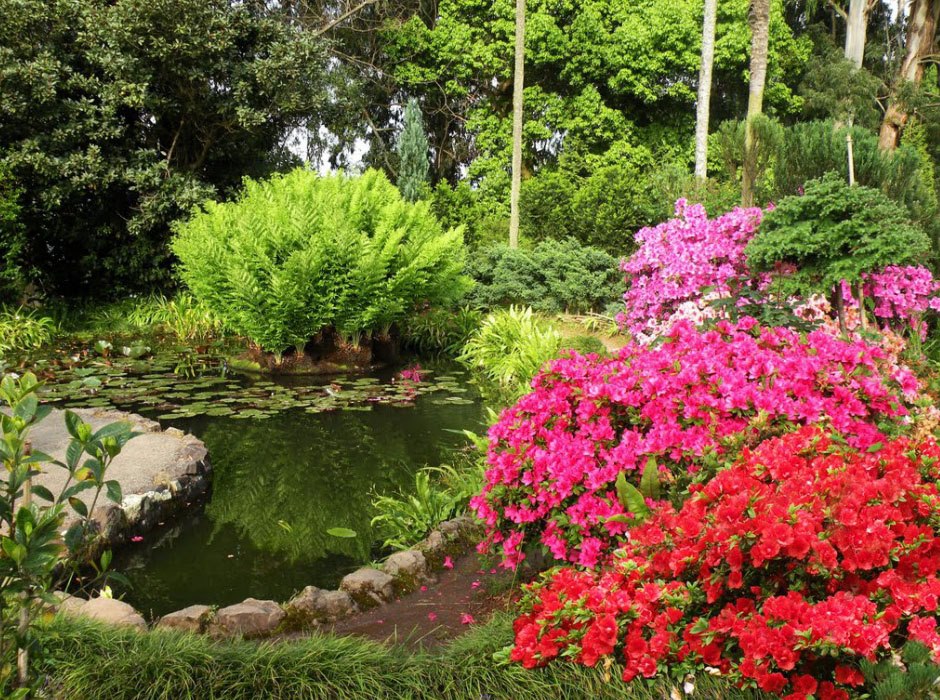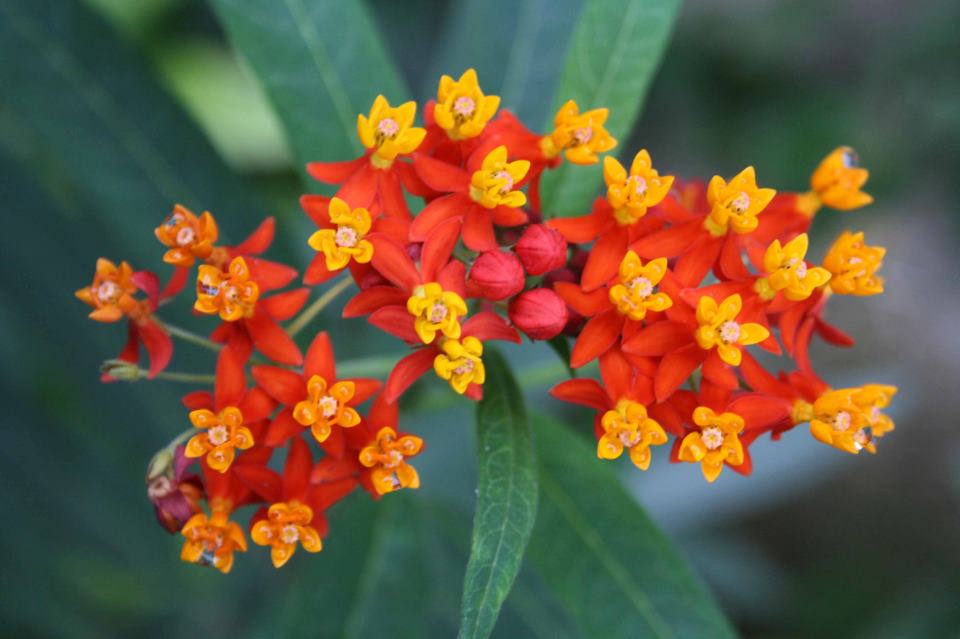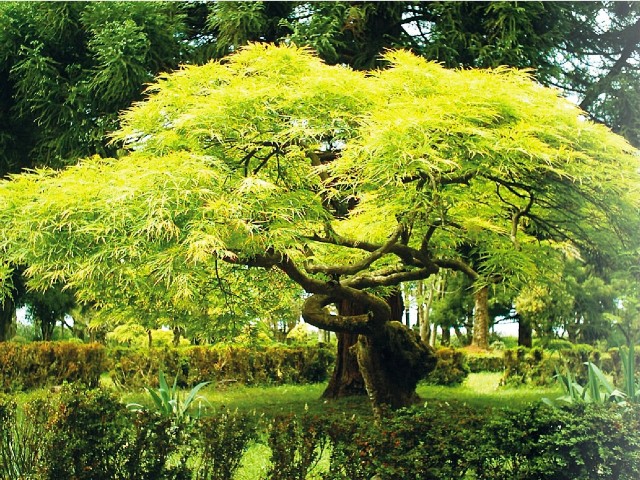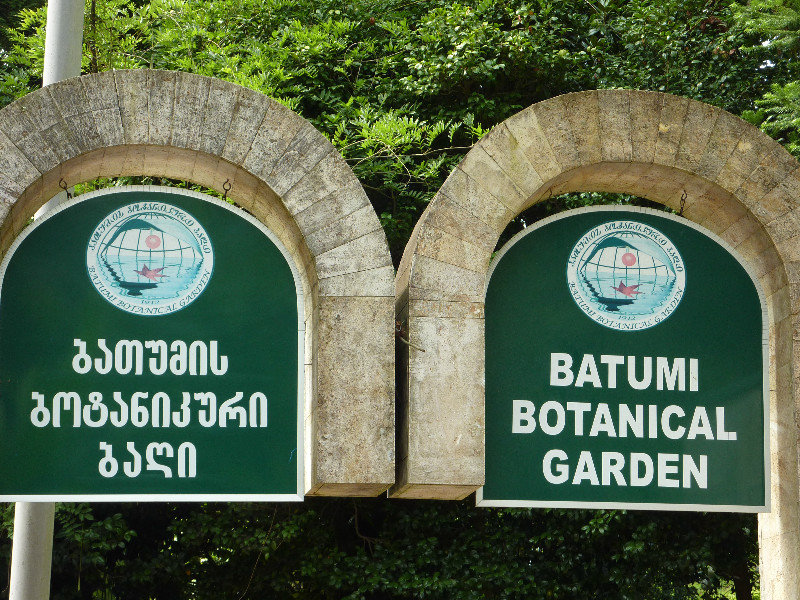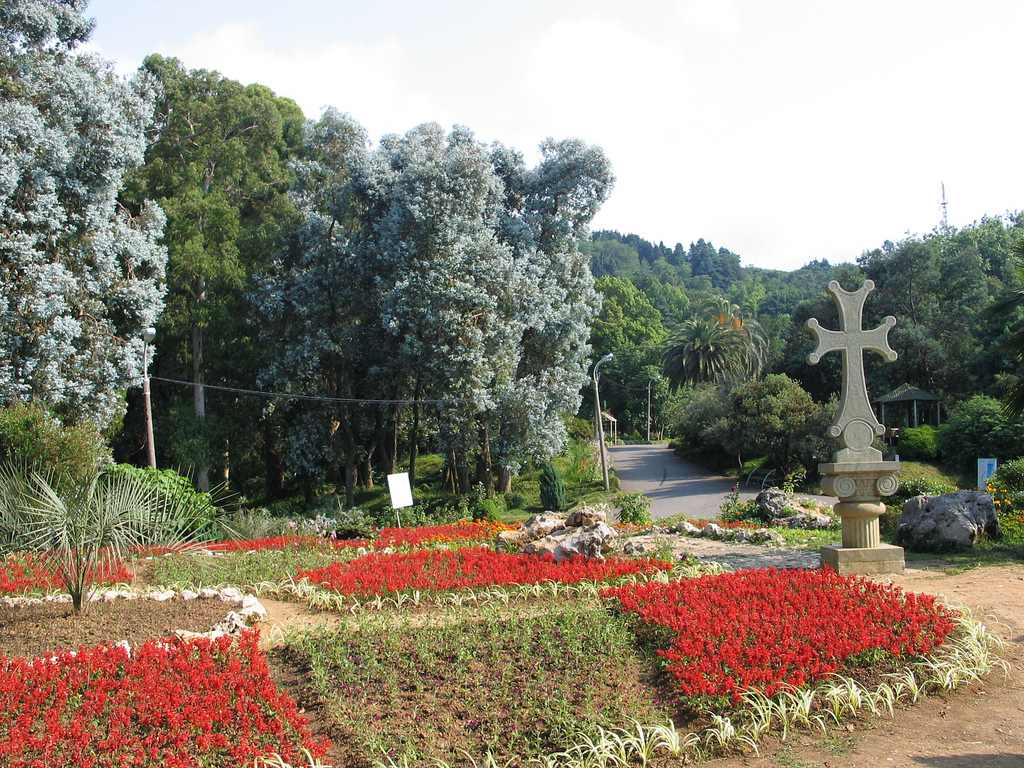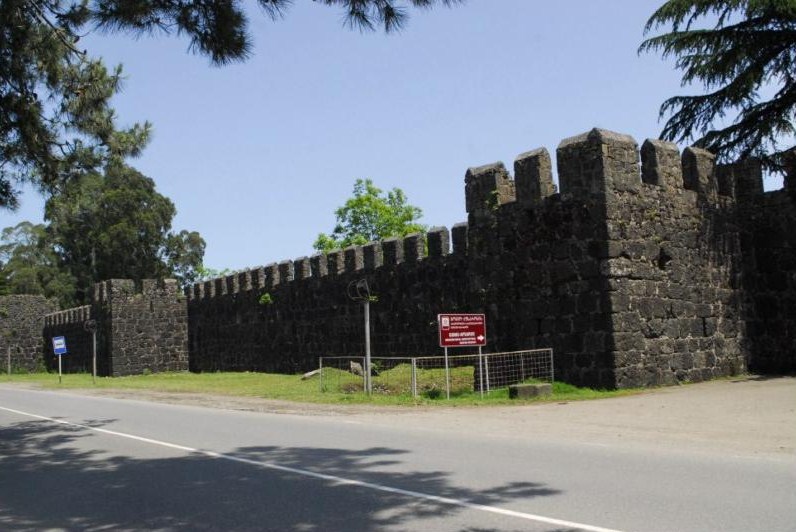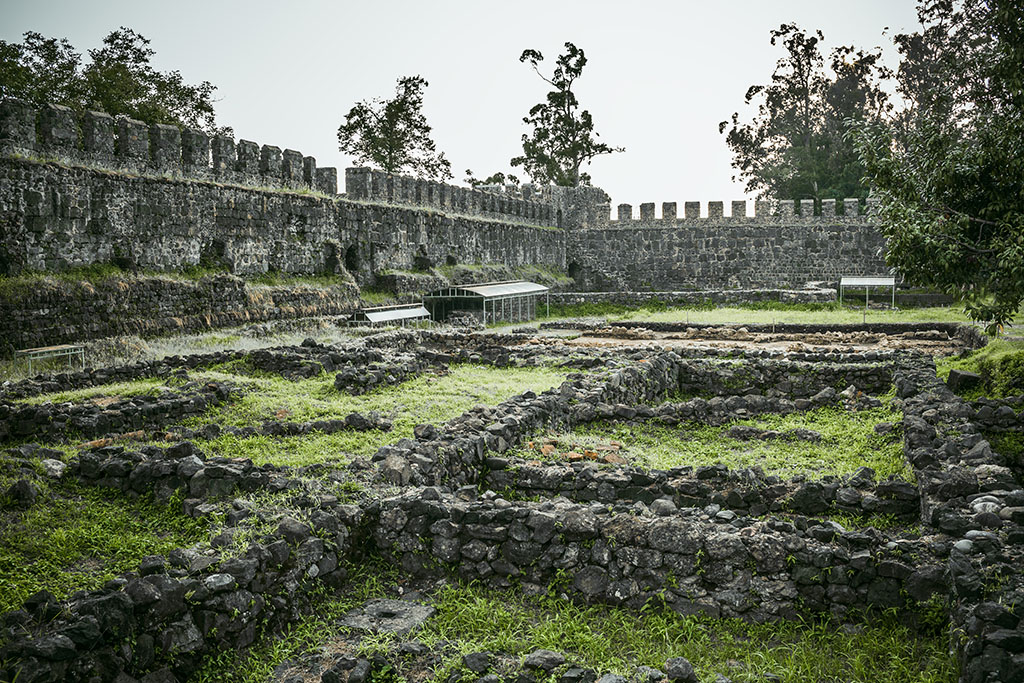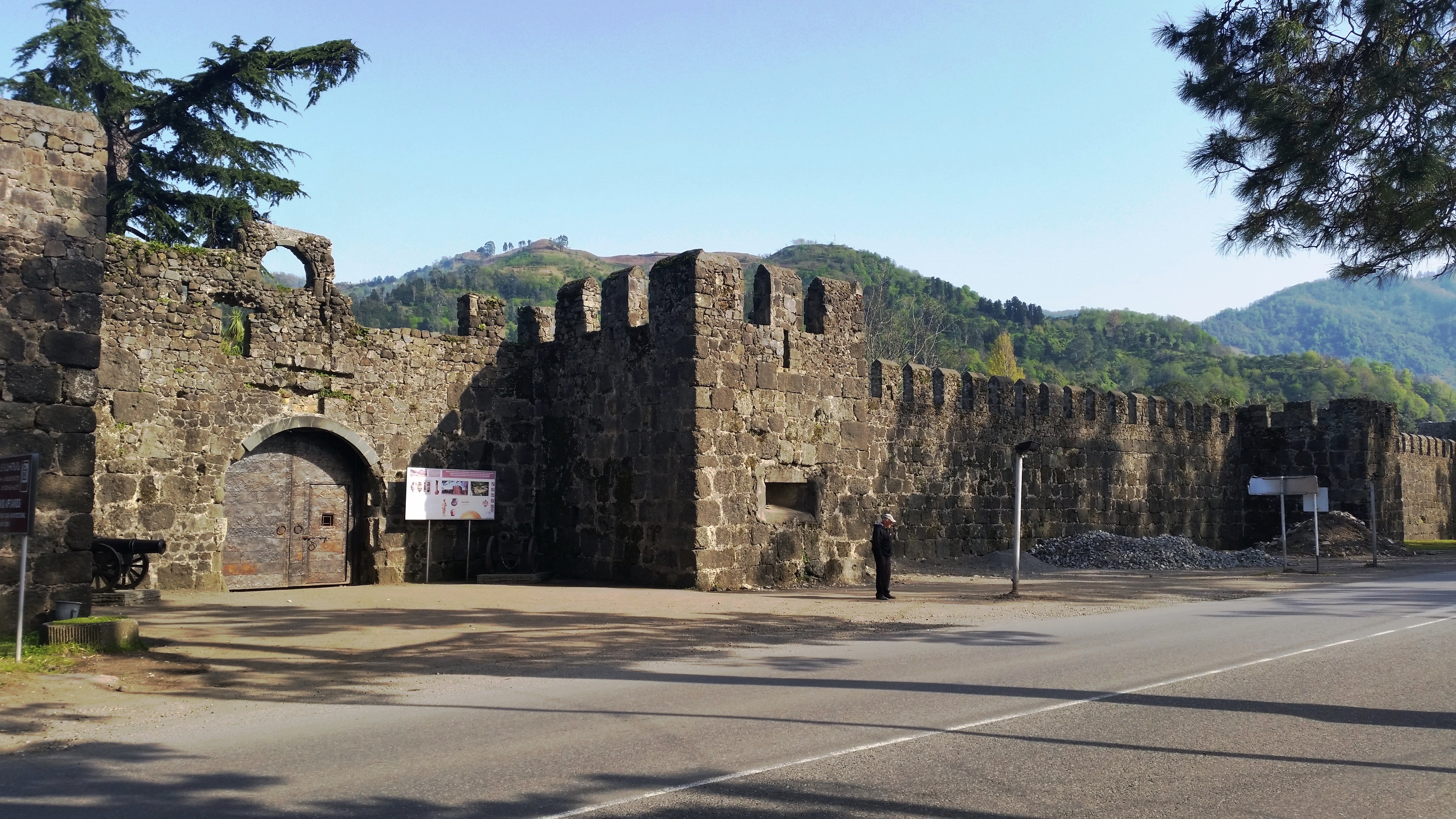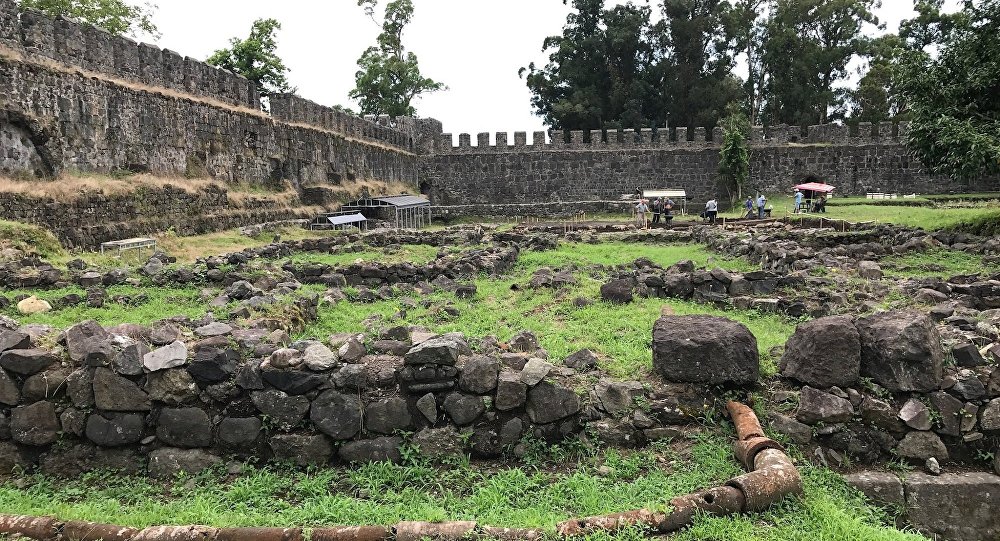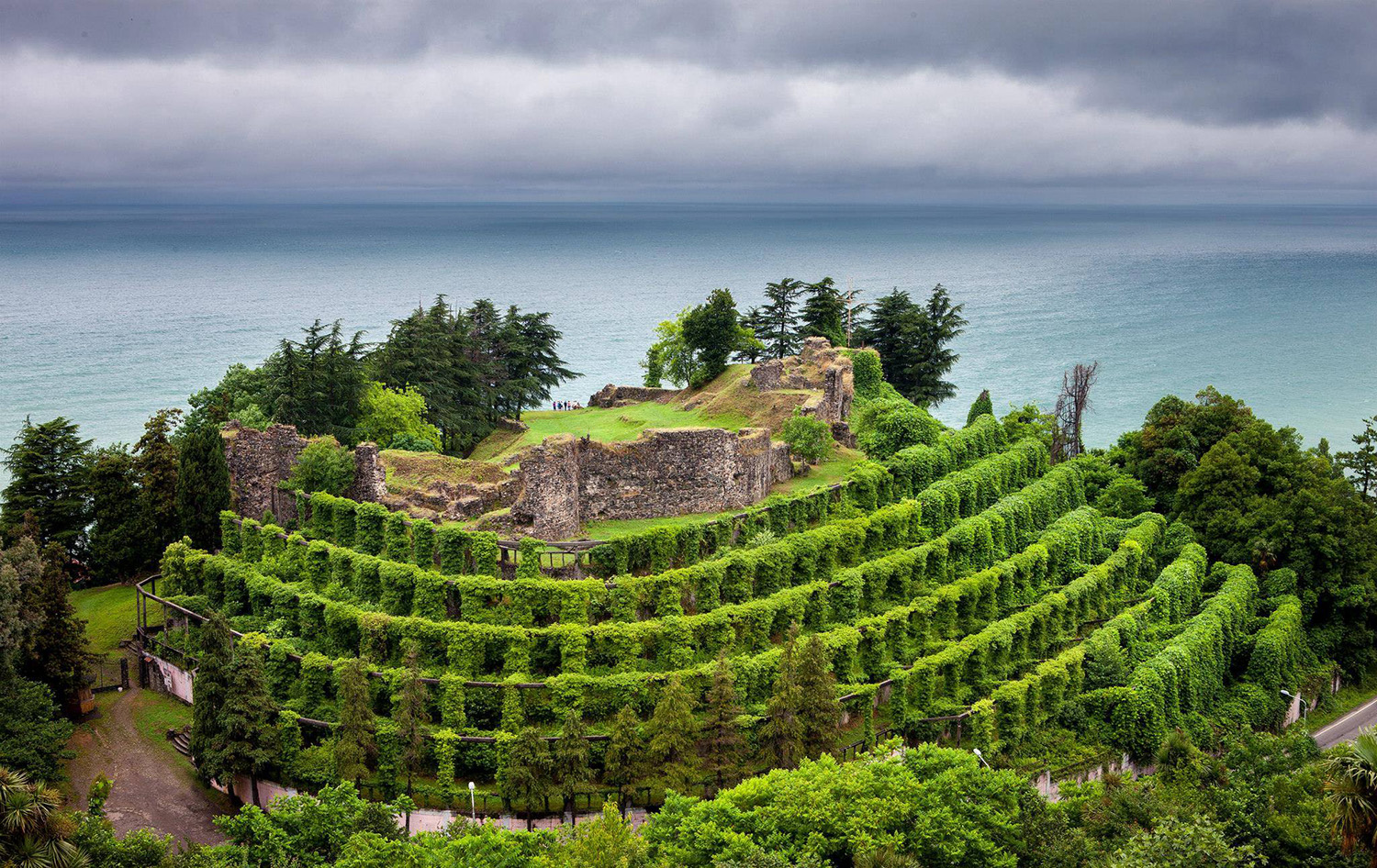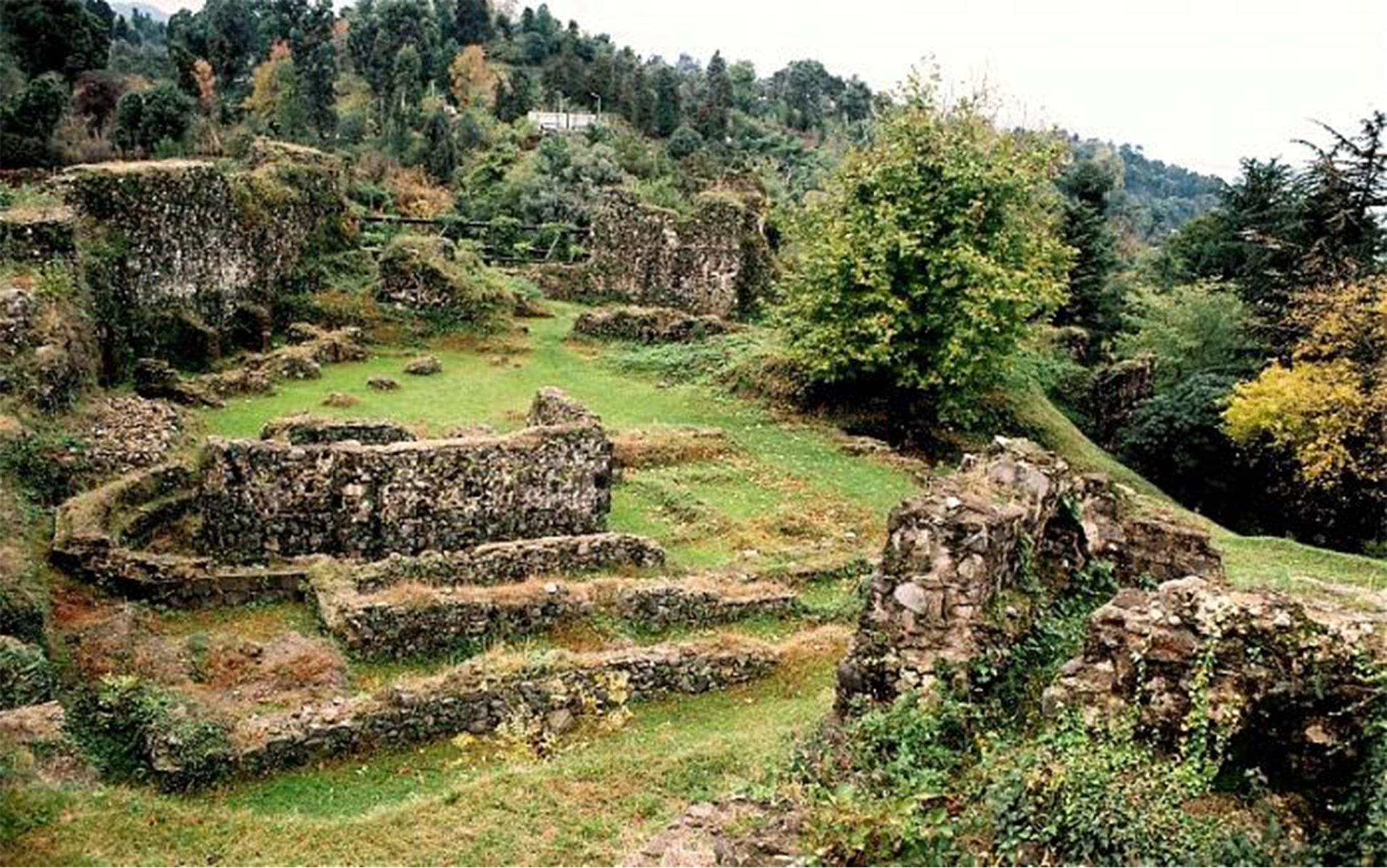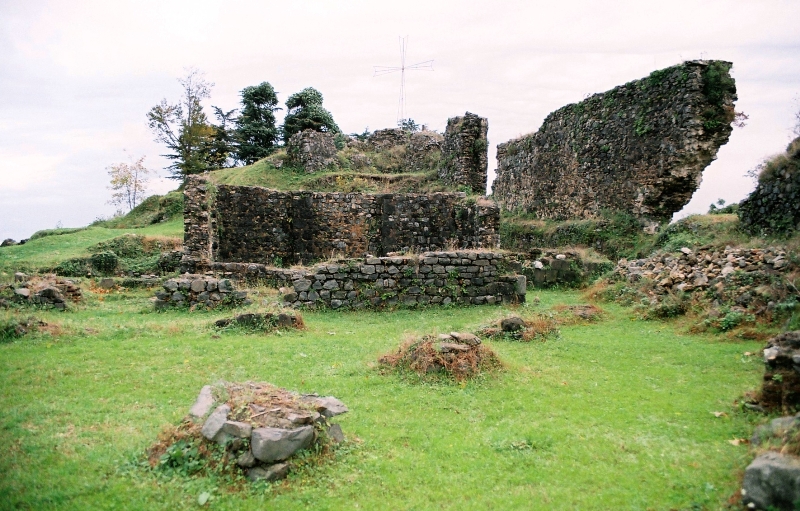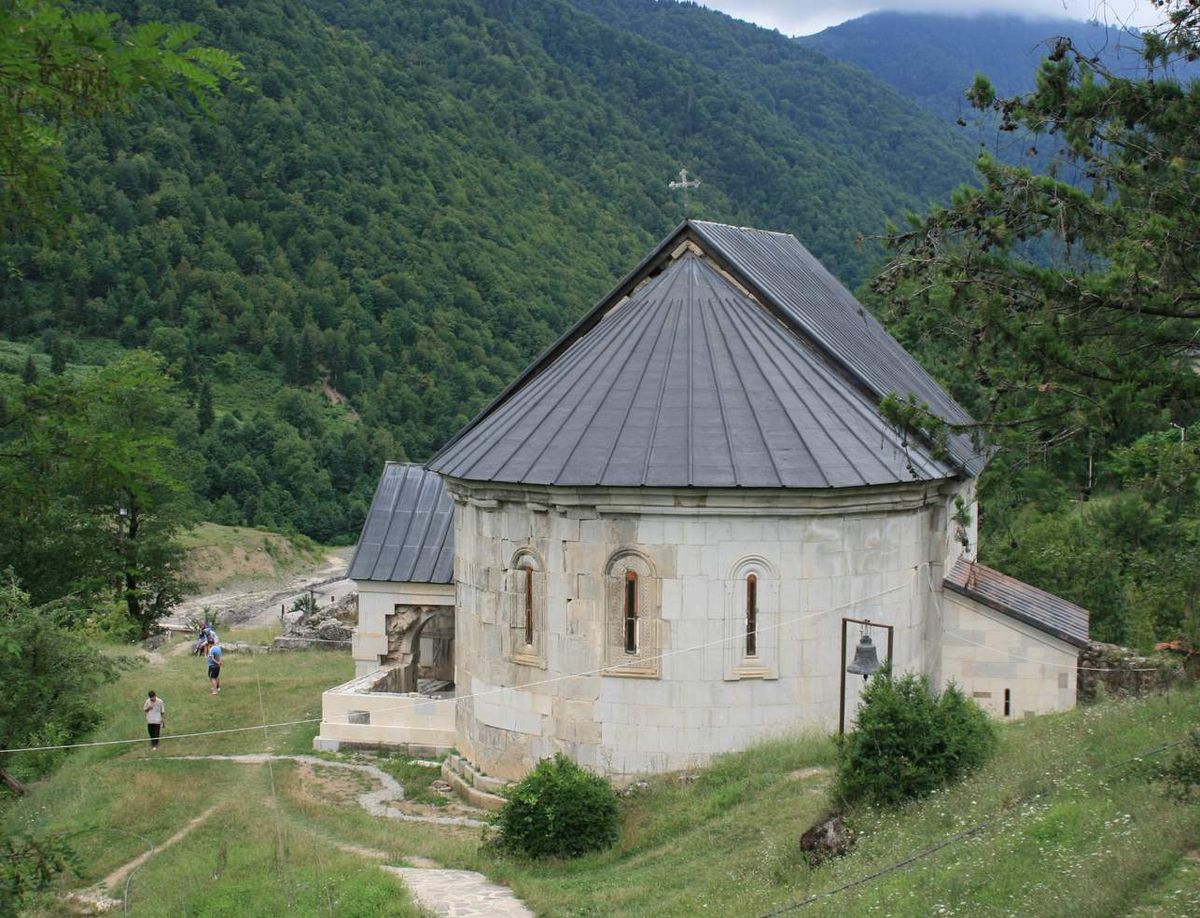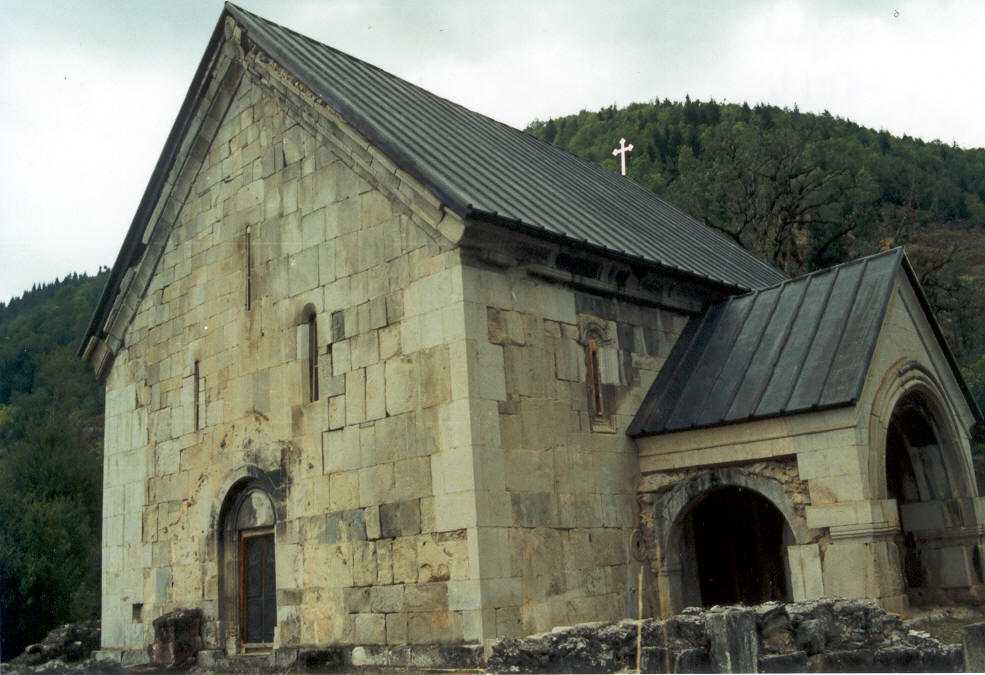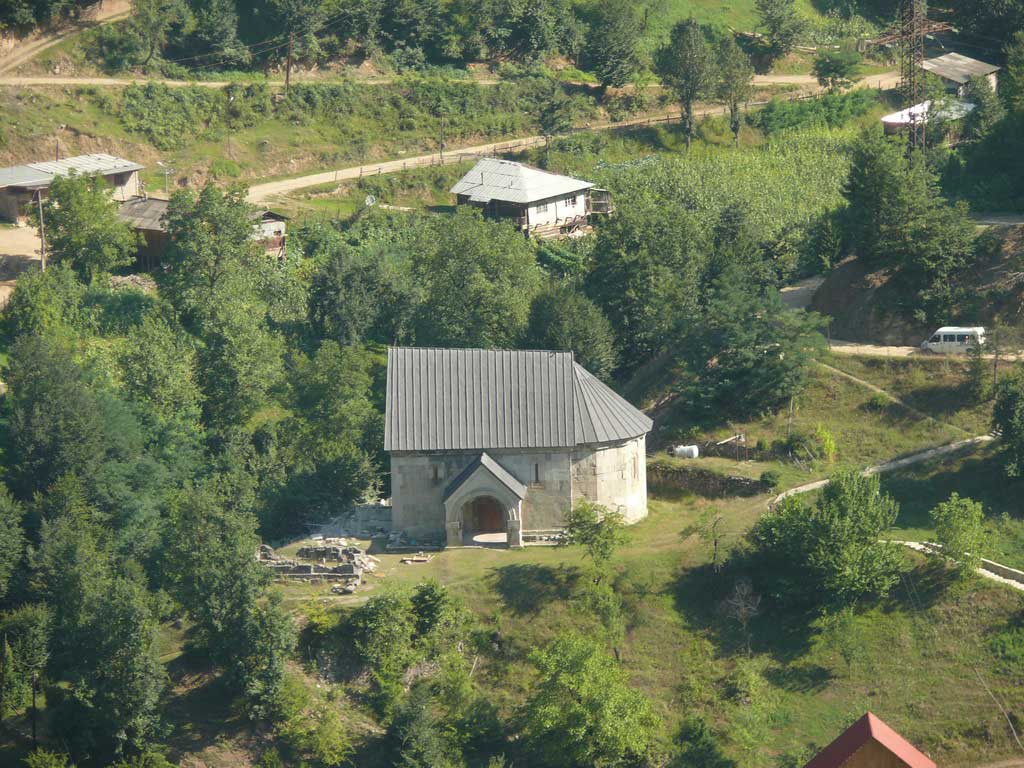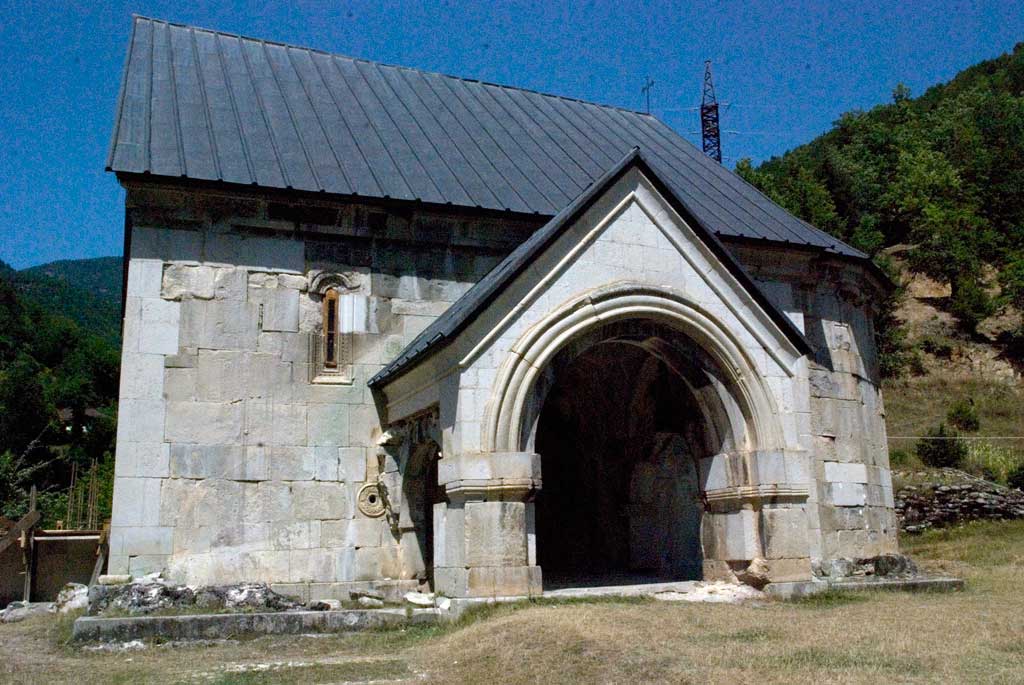BATUMI
DETAILS
Batumi is the second-largest city of Georgia, located on the coast of the Black Sea in the country’s southwest. Situated in a subtropical zone near the foot of the Lesser Caucasus Mountains, Batumi is a popular tourist destination known for its varying weather–it is a bustling seaside resort during warm seasons, but it can get entirely covered in snow during winter. Much of Batumi’s economy revolves around tourism and gambling, but the city is also an important sea port and includes industries like shipbuilding, food processing and light manufacturing. Since 2010, Batumi has been transformed by the construction of modern high-rise buildings, as well as the restoration of classical 19th-century edifices lining its historic Old Town.
BOTANICAL GARDEN BATUMI
DETAILS
The Batumi Botanical Garden is a 108 hectare area of land 9 km north of the city of Batumi, capital of Autonomous Republic of Adjara, Georgia. Located at the place called Mtsvane Kontskhi (“The Green Cape”) on the Black Sea shore, it is one of the largest botanical gardens in the former Soviet Union.
The Batumi Botanical Garden was started by the Russian botanist Andrey Nikolayevich Krasnov (1862-1914), brother of General Pyotr Krasnov, in the 1880s and officially opened on November 3, 1912. He was aided by two skilled gardeners and decorators – the French D’Alphonse and the Georgian Yason Gordeziani. Krasnov died in 1914 and was interred at the garden which still houses his grave and statue.
Under the Soviet Union, the garden was further expanded and developed, since 1925, into a principal institution for the study of Caucasian maritime subtropical cultures.
Currently, the garden consists of nine floristic sectors, those of Caucasian humid subtropics, East Asia, New Zealand, South America, the Himalayas, Mexico, Australia, and of the Mediterranean. The garden collection comprises 2037 taxonomic units of woody plants, including 104 of Caucasian origin.
The Batumi Botanical Garden had formerly been operated by the Georgian Academy of Sciences. Since 2006, it is an independent institution.
The Batumi Botanical Garden was started by the Russian botanist Andrey Nikolayevich Krasnov (1862-1914), brother of General Pyotr Krasnov, in the 1880s and officially opened on November 3, 1912. He was aided by two skilled gardeners and decorators – the French D’Alphonse and the Georgian Yason Gordeziani. Krasnov died in 1914 and was interred at the garden which still houses his grave and statue.
Under the Soviet Union, the garden was further expanded and developed, since 1925, into a principal institution for the study of Caucasian maritime subtropical cultures.
Currently, the garden consists of nine floristic sectors, those of Caucasian humid subtropics, East Asia, New Zealand, South America, the Himalayas, Mexico, Australia, and of the Mediterranean. The garden collection comprises 2037 taxonomic units of woody plants, including 104 of Caucasian origin.
The Batumi Botanical Garden had formerly been operated by the Georgian Academy of Sciences. Since 2006, it is an independent institution.
GONIO FORTRESS
DETAILS
Gonio fortress, is a Roman fortification in Adjara, Georgia, on the Black Sea, 15 km south of Batumi, at the mouth of the Chorokhi river. The village sits 4 km north of the Turkish border.
The oldest reference to the fortress is by Pliny the Elder[1] in the Natural History (1st century AD). There is also a reference to the ancient name of the site in Appian’s Mithridatic Wars (2nd century AD). In the 2nd century AD it was a well-fortified Roman city within Colchis. The town was also known for its theatre and hippodrome. It later came under Byzantine influence. The name “Gonio” is first attested in Michael Panaretos in the 14th century. In addition, there was a short-lived Genoese trade factory at the site. In 1547 Gonio was taken by the Ottomans, who held it until 1878, when, via the San-Stefano Treaty, Adjara became part of the Russian empire. In the fall of 1647, according to Evliya Çelebi, Gonio was captured by a Cossack navy of 70 chaikas, but quickly recovered by Ghazi Sidi Ahmed, ruler of the Tortum sanjak, with a force of 1,000 Turks and 3,000 “Mingrelians”.
The grave of Saint Matthias, one of the twelve apostles, is believed to be inside the Gonio fortress. However, this is unverifiable as the Georgian government currently prohibits digging near the supposed gravesite. Other archaeological excavations are however taking place on the grounds of the fortress, focusing on Roman layers.
Gonio is currently experiencing a tourism boom. Most tourists come from Tbilisi in the summer months to enjoy beaches that are generally regarded as cleaner than Batumi’s beaches (located 15 km to the north).
The oldest reference to the fortress is by Pliny the Elder[1] in the Natural History (1st century AD). There is also a reference to the ancient name of the site in Appian’s Mithridatic Wars (2nd century AD). In the 2nd century AD it was a well-fortified Roman city within Colchis. The town was also known for its theatre and hippodrome. It later came under Byzantine influence. The name “Gonio” is first attested in Michael Panaretos in the 14th century. In addition, there was a short-lived Genoese trade factory at the site. In 1547 Gonio was taken by the Ottomans, who held it until 1878, when, via the San-Stefano Treaty, Adjara became part of the Russian empire. In the fall of 1647, according to Evliya Çelebi, Gonio was captured by a Cossack navy of 70 chaikas, but quickly recovered by Ghazi Sidi Ahmed, ruler of the Tortum sanjak, with a force of 1,000 Turks and 3,000 “Mingrelians”.
The grave of Saint Matthias, one of the twelve apostles, is believed to be inside the Gonio fortress. However, this is unverifiable as the Georgian government currently prohibits digging near the supposed gravesite. Other archaeological excavations are however taking place on the grounds of the fortress, focusing on Roman layers.
Gonio is currently experiencing a tourism boom. Most tourists come from Tbilisi in the summer months to enjoy beaches that are generally regarded as cleaner than Batumi’s beaches (located 15 km to the north).
PETRA FORTRESS
DETAILS
Petra was a fortified town on the eastern Black Sea coast, in Lazica in what is now western Georgia. In the 6th century, under the Byzantine emperor Justinian I, it served as an important Eastern Roman outpost in the Caucasus and, due to its strategic location, became a battleground of the 541–562 Lazic War between Rome and Sasanian Persia (Iran). Mainstream scholarly opinion identifies Petra with a ruined settlement of Late Antiquity at the village of Tsikhisdziri in Adjara, southwestern Georgia.
SKHALTA CATHEDRAL
DETAILS
The Skhalta Cathedral is a Georgian Orthodox monastery and cathedral church in Adjara, Georgia, dating from the mid-13th century. It is a large hall church design, with fragments of the 14th or 15th century Paleologian-style wall painting.
Skhalta is the only medieval church in Adjara that survived both the Ottoman and Soviet periods to become functional again in 1990. It currently serves as a seat of the Georgian Orthodox bishop of Skhalta.
Skhalta is the only medieval church in Adjara that survived both the Ottoman and Soviet periods to become functional again in 1990. It currently serves as a seat of the Georgian Orthodox bishop of Skhalta.

